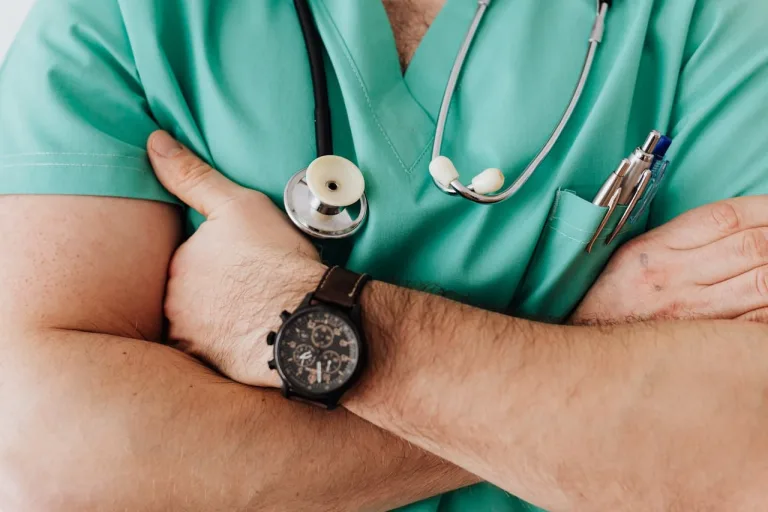Building a Modern Pharmacovigilance Solution: People, Process, and Platforms
In an era of increasingly complex clinical pipelines, expanding regulatory oversight, and heightened patient expectations, pharmacovigilance has evolved far beyond a compliance-driven activity. It has become a cornerstone of strategic pharmaceutical operations, shaping not only how companies meet safety obligations but also how they build trust, manage data, and drive innovation. The question facing today’s life sciences organizations is not whether to modernize their safety systems—but how to design pharmacovigilance solutions that can deliver agility, accuracy, and insight at scale.
A truly modern pharmacovigilance solution rests on three interdependent pillars: people, process, and platforms. Each plays a critical role in ensuring that safety monitoring is not only efficient and compliant but also intelligent and forward-looking.
1. People: The Human Core of Drug Safety
While technology continues to redefine pharmacovigilance, skilled professionals remain at its heart. From safety physicians and regulatory specialists to data scientists and case processors, human expertise ensures that technology serves its purpose—protecting patients and improving outcomes.
Modern pharmacovigilance teams are evolving in both composition and capability. Traditional roles are expanding to include specialists in data analytics, AI model validation, and automation governance. The ability to interpret data, assess causality, and exercise scientific judgment remains indispensable, but so too is the skill to oversee automated systems that analyze millions of data points.
Moreover, as organizations globalize, pharmacovigilance teams must work across borders and regulatory frameworks. Cross-functional collaboration—linking clinical operations, regulatory affairs, and medical affairs—is now essential to ensure safety insights flow seamlessly through the product lifecycle. A strong culture of transparency, communication, and continuous learning is the foundation upon which effective pharmacovigilance teams thrive.
2. Process: Turning Complexity into Consistency
Even the best people and technology cannot succeed without well-defined, adaptable processes. Modern pharmacovigilance requires operational excellence—processes that can scale efficiently, maintain compliance across jurisdictions, and adapt to the rapid pace of medical and regulatory change.
Automation and workflow orchestration are playing pivotal roles here. Standardized case processing, signal detection, and reporting workflows can now be automated through intelligent systems, freeing experts to focus on higher-value tasks like benefit-risk assessment and strategic analysis. Yet automation is not a substitute for process governance; it’s an enhancement. Each step—from data intake and validation to regulatory submission—must be mapped, monitored, and continuously optimized.
Organizations are increasingly adopting risk-based approaches to pharmacovigilance, prioritizing activities that pose the greatest potential impact on patient safety or compliance. This shift enables a balance between efficiency and vigilance, ensuring that resources are directed where they are most needed. Embedding quality management principles—such as clear SOPs, audit readiness, and feedback loops—ensures that pharmacovigilance remains both compliant and agile.
3. Platforms: The Digital Backbone
The digital transformation of pharmacovigilance is well underway. Cloud-based pharmacovigilance solutions now enable companies to collect, analyze, and report safety data with unprecedented speed and precision. Artificial intelligence and machine learning can assist in adverse event detection, data deduplication, and even narrative writing—reducing human workload and minimizing error.
However, technology adoption must be strategic. The ideal platform should be interoperable, compliant with global standards like ICH E2B(R3) and ISO IDMP, and capable of integrating data from a wide array of sources: electronic health records, patient registries, social media, and post-market surveillance systems. Scalability and configurability are also key, allowing organizations to respond to evolving regulatory demands or portfolio growth without costly system overhauls.
Data integrity and cybersecurity cannot be overlooked. As pharmacovigilance systems become more interconnected, ensuring the confidentiality, accuracy, and traceability of safety data is paramount. Platforms that embed privacy-by-design principles and support end-to-end audit trails help companies maintain compliance while reinforcing trust with regulators and patients alike.
The Convergence of People, Process, and Platform
The most effective pharmacovigilance systems don’t treat people, process, and platform as separate silos—they integrate them into a cohesive ecosystem. Technology amplifies human expertise, processes provide structure and accountability, and people bring the contextual intelligence that turns data into action. When these three pillars align, pharmacovigilance becomes not just a regulatory requirement but a strategic enabler of innovation.
Consider the growing importance of real-world evidence (RWE). Advanced pharmacovigilance systems can now synthesize safety data from clinical trials, healthcare databases, and patient-reported outcomes to generate insights faster than ever before. When governed by robust processes and interpreted by skilled professionals, these insights can inform decision-making across the product lifecycle—from trial design to post-market surveillance.
Looking Ahead: From Compliance to Intelligence
The future of pharmacovigilance is data-driven, predictive, and collaborative. Companies that invest today in modern pharmacovigilance architectures—anchored in skilled teams, optimized workflows, and intelligent technology—will be better positioned to navigate tomorrow’s challenges.
But modernization is not about replacing people with machines or treating compliance as a checkbox exercise. It’s about creating an ecosystem where data flows securely, insights emerge quickly, and safety decisions are made with confidence and compassion.
In essence, building a modern pharmacovigilance solution is about empowering people through better processes and smarter platforms—to not only meet regulatory expectations but to advance the ultimate mission of pharmacovigilance itself: safeguarding patient health worldwide.







